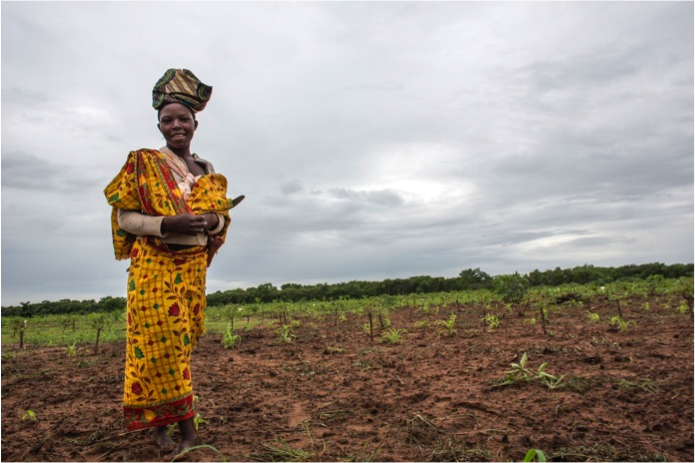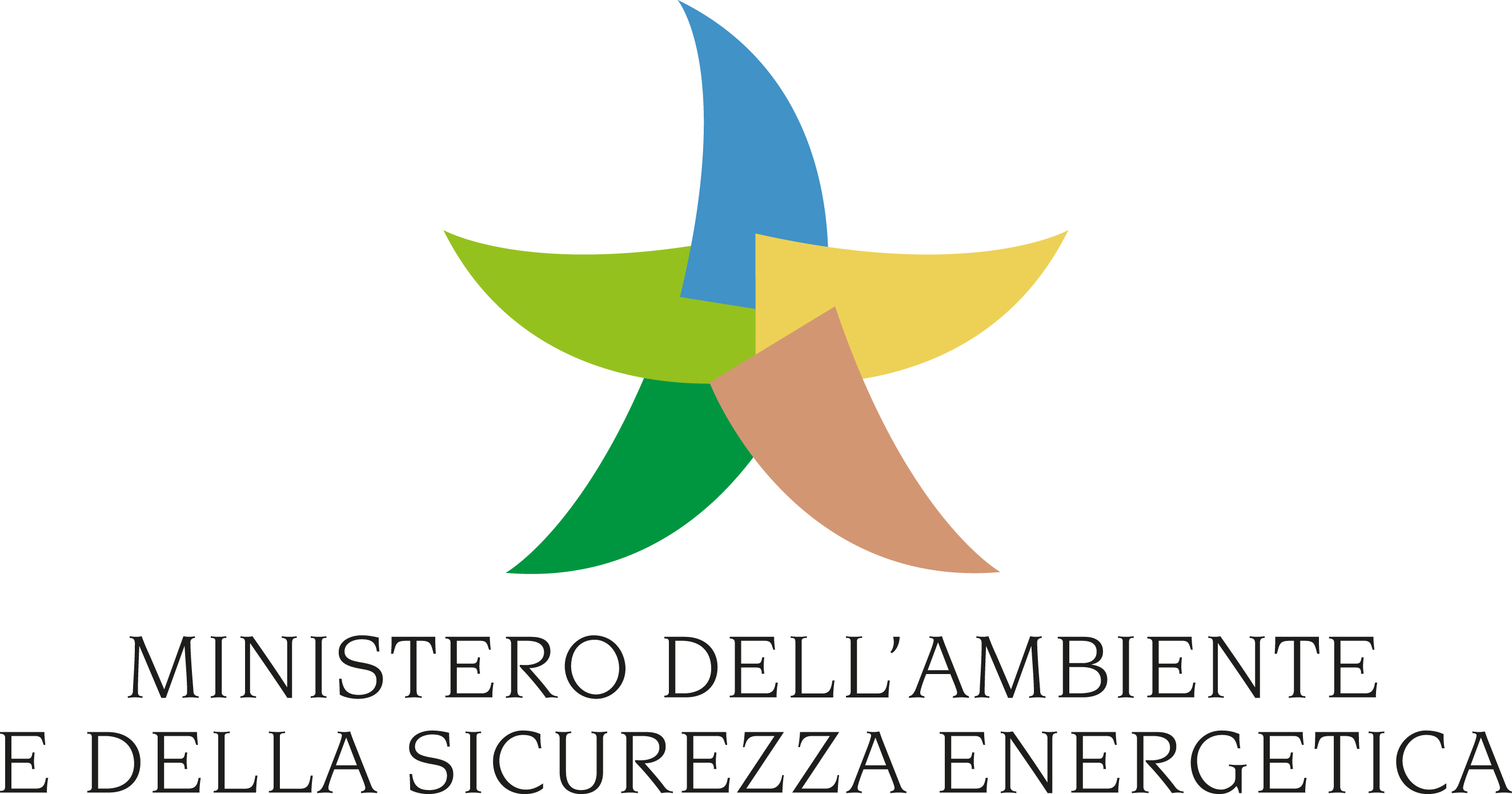
As one of the most climate vulnerable countries in the world, Mozambique’s presence at COP21 is a critical moment to increase financial, technological and capacity support from the international community, and, therefore, reduce its high risk to the impacts of climate change.
Over 70% of Mozambique’s population live in rural areas and are heavily dependent on forests and natural resources for their livelihoods - forests, woodlands and other vegetation cover approximately 70% of Mozambique’s total country surface. Given this greater dependence, climate change further exacerbates the vulnerability of Mozambican population and strongly impacts Mozambique’s human development.
Every year Mozambique experiences the devastating consequences of climate change. Its geographical location exposes Mozambique to extreme and recurrent floods with deadly outcomes and displacing tens of thousands in the country, cyclones and droughts, causing high levels of poverty, loss of human lives, destruction of socioeconomic infrastructures and environmental degradation. Current analysis show that the economic cost of climate change to Mozambique has been estimated between US$2.3 billion and US$7.4 billion during the period 2003–2050.

Photo credit: Andrea Borgarello, TerraAfrica
Government proposed an ambitious climate plan
Climate resilience and adaptation policies are crucial for Mozambique’s sustainable future. The current reports are worrisome: the percentage of deforestation reported in 1994 has doubled over time. Data shows that, every year, the country loses 0.58% with 220,000 ha of forest land. And land use change and forest degradation account for over 80% of Mozambique’s GHG emissions.
At the COP21 meeting in Paris, Mozambique’s government will present for the first time to the international community their National REDD+ strategy, a comprehensive framework that identifies the main drivers of deforestation and forest degradation and the most plausible actions to overcome such challenges. This strategy demonstrates that conversion of forests to agricultural land through slash and burn agriculture is by far the most significant driver, accounting for 65% of the emissions, followed by urban expansion at 12%, wood products at 8%, charcoal and fuelwood at 7% and commercial agriculture at 4%. Through the implementation of the REDD+ strategy, the government intends to increase productivity of subsistence and cash crops and the access to alternative energy sources in urban areas, such as biomass energy. The Strategy is also aligned with the government’s five year plan, which has a strong focus on green economic development around three key sectors: energy, land use and forestry, and waste.

Photo credit: Andrea Borgarello, TerraAfrica
In order to catalyze a sustainable development in rural areas and the access to markets, water, energy, finance and knowledge, the Government, through the Ministry of Land, Environment and Rural Development (MITADER) has recently launched the comprehensive rural development program Programa Estrela, and its forest flagship program Floresta em Pe (Standing Forests). Through bold legal reforms to combat illegal logging and enabling activities for communities and private sector, the program aims to manage the forest heritage in a sustainable, responsible and transparent manner. Moreover, Mozambique is currently designing two pilot landscape programs to test and implement innovative measures for sustainable forest landscape management as an approach to reduce poverty in rural areas, through jobs and new income opportunities, and enhanced land productivity for agriculture and forest products: The Zambezia Integrated Landscape Management Program (ZILMP) and the Cabo Delgado Integrated Landscape Program. The programs will also create reliable lessons for replication and scale up in other landscapes of Mozambique.
Mozambique has managed to blend several climate finance instruments alongside its own resources to make these investments possible, such as a grant of $3.6 million from the Forest Carbon Partnership Facility (FCPF), $24 million in the pipeline from the Forest Investment Program (FIP). It is also expected to receive Emission Reduction payments from the FCPF Carbon Fund’s pipeline. At COP21 Mozambique and the FCPF will sign the Letter of Intent (LoI) which includes the FCPF’s intention of buying Emissions Reductions from Mozambique to an amount of up to $50 million as far as Mozambique meets the agreed requirements. An extra $4.5 million grant from the Dedicated Grant Mechanism for Indigenous People and Local Communities (DGM), will be governed by civil society and destined to projects that aim to benefit rural communities.
COP21 is a crucial moment for Mozambique. The country’s INDC plan consolidates Mozambique’s vision of an overall ambitious climate action. Yet actions don’t come without challenges. The United Nations Conference on Climate Change is a pivotal opportunity for Mozambique to increase its financial and technological capacity from the international community that will open the doors to a greener future.
Follow Mozambique’s Ministry of Land, Environment and Rural Development at COP21 with daily updates here
Event at COP21
The Mozambique National Integrated Sustainable Rural Development Program, Friday, December 4, 2015 | 10:00 – 10:45am at COP21 Blue Zone | IUCN Pavilion (Hall 3, Pavilion 5)
The government of Mozambique will present the National Integrated Sustainable Rural Development Program (Estrela) which will promote agriculture and forest-based value chains in rural areas by addressing several barriers (including access to markets, technology, water, energy, finance and knowledge) to catalyze sustainable production in rural areas. The government will also present the National REDD+ Strategy and will sign the Letter of Intent for the Zambezia Integrated Landscape Management Program with the FCPF Carbon Fund.


